China stuns US with launch of hypersonic ‘space nuke’
China has launched a game-changing new “space nuke” that can evade missile defence systems and strike anywhere on the globe, leaving US intelligence stunned.
China has unveiled a game-changing new “space nuke” that can evade missile defence systems and strike anywhere on the globe.
Without confirming the report, Beijing’s Global Times mouthpiece said on Sunday that the news had delivered a fresh blow to the United States’ “strategic superiority”, warning that its “military build-up” will continue around Taiwan and the South China Sea, and that it is “inevitable” China will take the “upper hand” in any conflict.
The Financial Times reported over the weekend that US intelligence officials had been left stunned by a Chinese rocket launch in August carrying a “nuclear-capable hypersonic missile”.
China officially announced the 77th and 79th launches of the Long March 2C rocket in July and August, but there was no announcement of a 78th launch.
The Financial Times reports the 78th “secret launch” was to test the hypersonic missile.
The newspaper, citing several people familiar with the intelligence, said the rocket carried a “hypersonic glide vehicle” which “circled the globe” in “low-orbit space” before “cruising down towards its target”.
While the missile missed its target by nearly 40km, the sources told the Financial Times the test showed China had made “astounding progress on hypersonic weapons” and was “far more advanced than US officials realised”.
“We have no idea how they did this,” one of the people familiar with the test told the newspaper.
SCOOP – #China has stunned US intelligence and military officials by testing a #nuclear capable #hypersonic missile that traveled through low orbit in space, making a full circle around the globe before speeding towards its target. https://t.co/xBB8cSWQD0
— Demetri Sevastopulo (@Dimi) October 16, 2021
Taylor Fravel, a Chinese nuclear weapons expert at the Massachusetts Institute of Technology, told the Financial Times the technology could help China “negate” US missile defence systems, which are designed to target the fixed parabolic trajectory of traditional ballistic missiles.
Commenting on the news, Ryan Fedasiuk, a research analyst at Georgetown University’s Center for Security and Emerging Technology, explained the significance.
“The hypersonic glide vehicle element is really important, not because of its speed, which exceeds Mach five, as almost all ballistic missiles do, but because of its low flight profile which is really good at evading terrestrial-based sensors,” Mr Fedasiuk said in a podcast interview.
“The US relies on some of these sensors to take wide-angle views of objects in space, and if this were launched in a real crisis, the US would probably be able to detect its launch but couldn’t as reliably predict its flight path.”
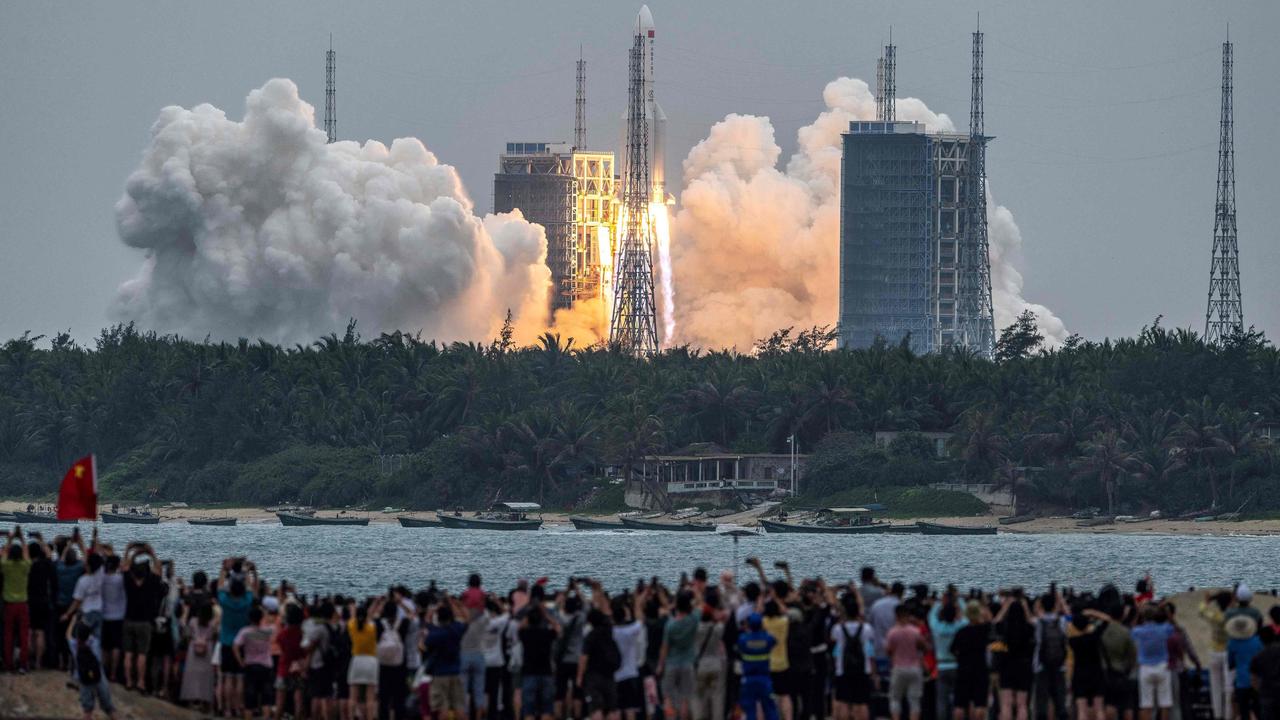
He added: “HGVs have really high manoeuvrability in mid-flight, so ballistic missile defence systems that the US relies on are generally not capable of engaging this kind of target.”
Drew Thompson, a former American defence official with responsibility for China, told the UK’s Telegraph the test “really should change US calculations”.
“Especially if more tests improve the accuracy, establish its credibility, then I think it is a game-changer in a way that little else has really shifted the balance,” Mr Thompson said.
“Once it works, once it’s credible, it negates US missile defences and it makes the US vulnerable and that has to fundamentally change US strategic calculations about its leverage and China’s ability to hold at risk major cities throughout the United States.”
An ICBM goes up and back down w/the trajectory of a cannonball. Hypersonics are guided missiles, travel lower in the atmosphere, and are not as fast (ICBMs travel 15k mph+ in terminal, hypersonics run about Mach 5, not quite 4k mph). 1/x https://t.co/DCeZmTjVuTpic.twitter.com/4WJ40cBbd7
— MartyrMade (@martyrmade) October 17, 2021
Michael Shoebridge, director of defence, strategy and national security at the Australian Strategic Policy Institute, said traditional intercontinental ballistic missiles (ICBMs) carrying nuclear weapons “remain extraordinarily capable and threatening weapons of mass destruction that are very difficult to defend against”.
“Other launch approaches and warhead delivery systems, like fractional orbital bombardment systems combined with hypersonic glide vehicles, have different trajectories to ICBMs,” he said.
“Launches and infra-red signatures of the weapons would very likely be detectable, but defence systems would need to be directed to the different challenges of these alternative means of attack.”
But Mr Shoebridge stressed that US nuclear weapons would remain capable of striking Chinese targets “and so provide a credible deterrent to Beijing contemplating using these or other offensive nuclear weapons against the US”.
“Analysis of new Chinese weapon developments [is] important, although the net assessment of their impact must include the US’ continuing ability to target Chinese mainland targets with its nuclear weapons,” he said.
“That was a key issue during the Cold War, where both the USSR and the US developed new weapons, and both came to realise the mutual benefit of agreements on arms control and verification. We’re a long way from Beijing having any inkling that this matters.”
Australia’s Department of Defence has been approached for comment.
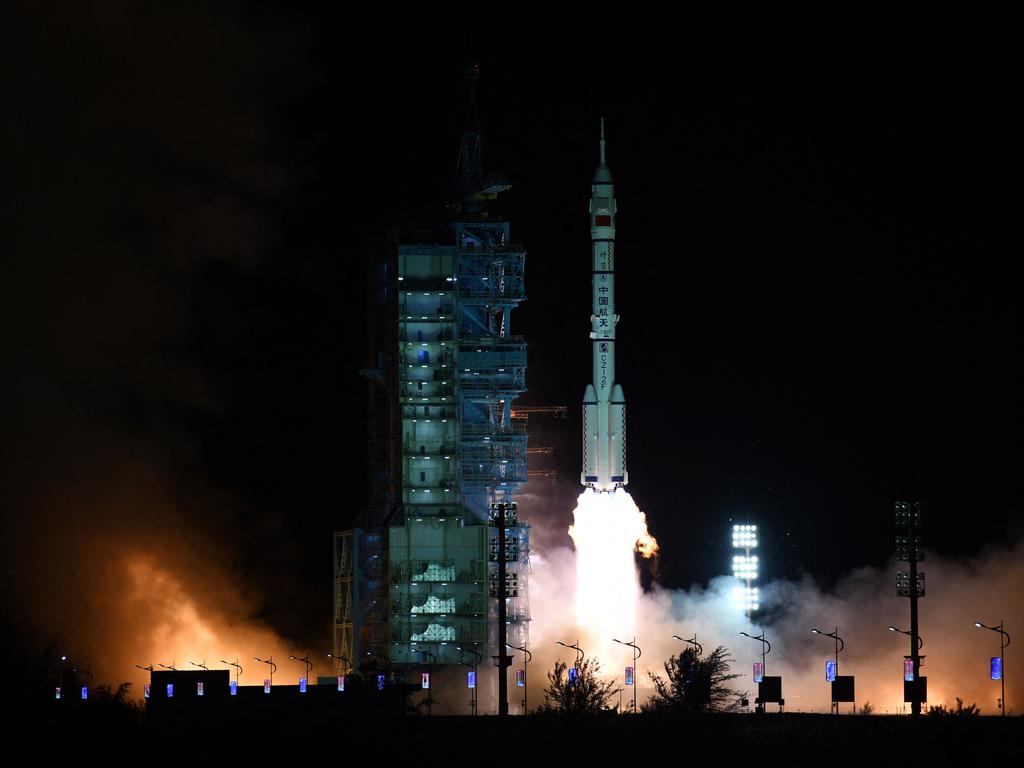
In its Sunday editorial, the Global Times said it was “important to note the unstoppable trend that China is narrowing the gap with the US in some key military technologies as China is continuously developing its economic and technological strength”.
“China doesn’t need to engage in an ‘arms race’ with the US – it is capable of weakening the US’ overall advantages over China by developing military power at its own pace,” the paper said.
The Global Times said China had no intention of building a nuclear arsenal the same size as the US.
“However, China will certainly improve the quality of its nuclear deterrence to ensure that the US completely eliminates the idea of nuclear blackmail against China at any critical moment and its idea of using nuclear forces to make up for the weakness that US’ conventional forces cannot crush China,” it said.
“Greater survivability and penetration ability of Chinese nuclear missiles is clearly being accelerated through a variety of new missiles. Such development will ensure that neither country’s nuclear forces will be used as a tool to solve regional problems. This would ensure that the damage to peace, if any, would be limited and that the region would not see a deadly collision between major powers.”
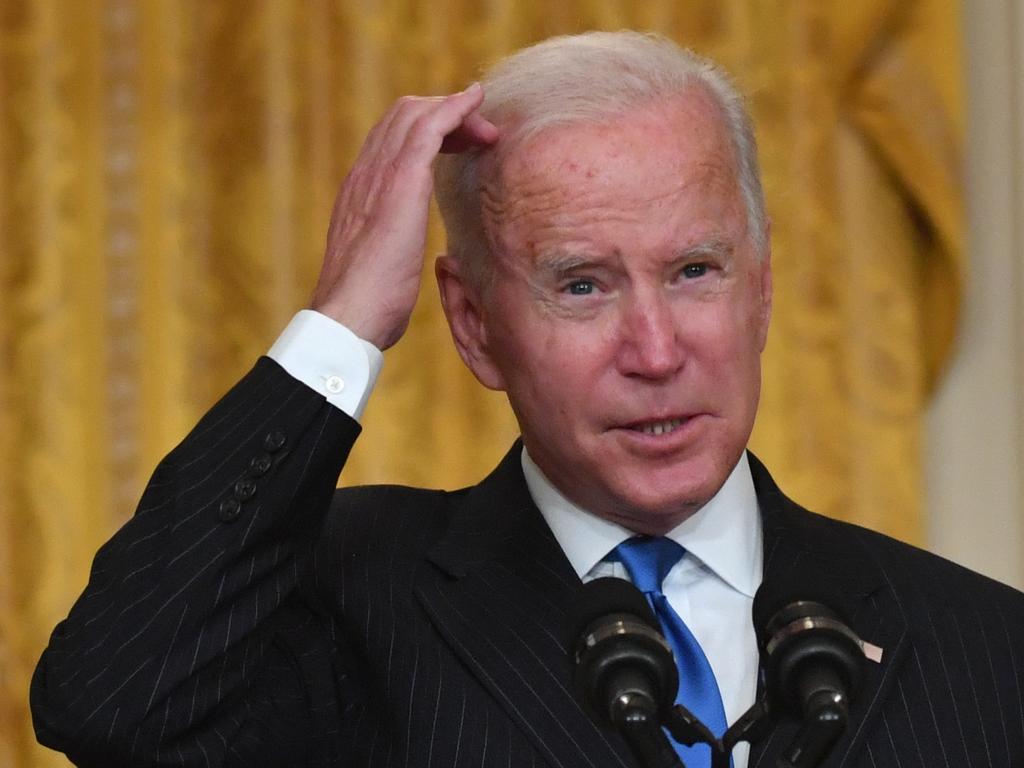
The paper said China’s military build-up “will focus on the Taiwan Straits and the South China Sea”.
“It is inevitable that China will take an upper hand over the US military strength in these areas thanks to the geographical proximity and the continuous increase of China’s input,” it said.
“Chinese society has not only strong expectations for this, but also strong determination and corresponding ability to realise this reversal. The US’ conventional military superiority around the world will not translate into a guarantee of superiority in these regions.”
Queensland senator slams climate talks
Outspoken Nationals Senator Matt Canavan said the news showed that the “net zero” climate change talks were a “massive distraction against the major threat to our country”.
“President Xi Jinping is not even attending the Glasgow conference,” Mr Canavan wrote on his Substack account.
“In fairness to him, I am not sure how he could keep a straight face while the West commits collective economic suicide.”
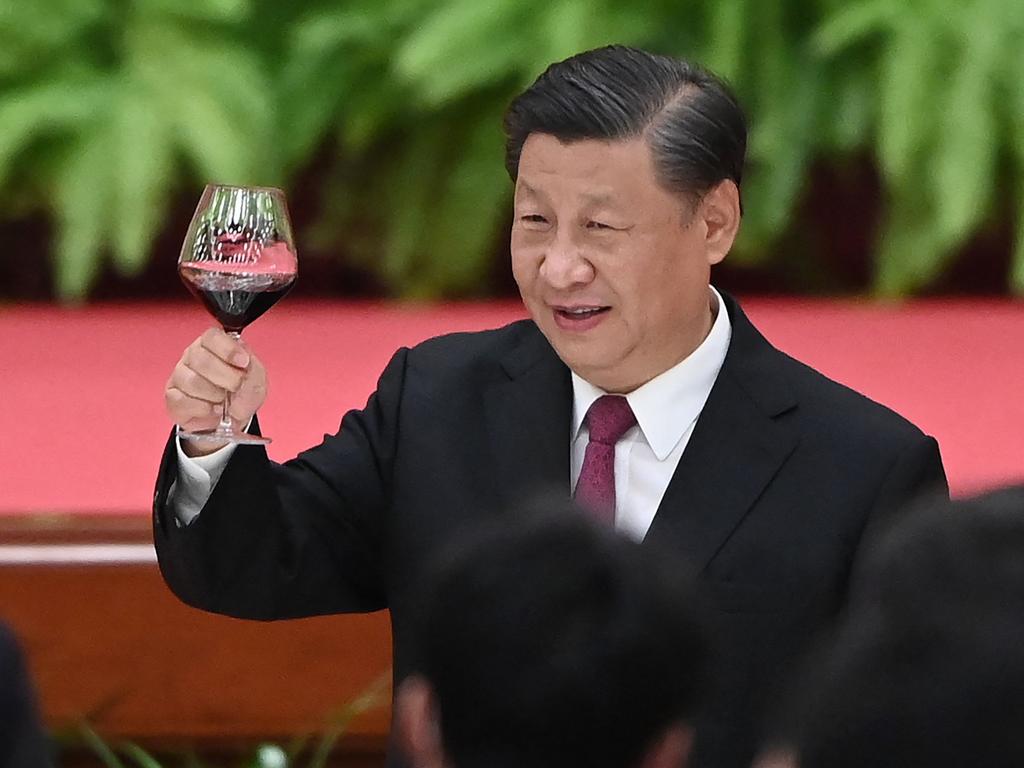
The Queensland Senator said while Australia had been “distracted with the net zero madness, this week China demonstrated the world’s first nuclear-capable, hypersonic missile”.
“China now has space nukes but they can’t match us on plans to reach net zero,” he wrote.
South China Sea operations ramp up
The news comes as tensions around Taiwan and in the South China Sea reach fever pitch.
The US and its allies including Australia have ramped up naval operations in the South China Sea in response to Chinese aggression.
Defence Minister Peter Dutton last month warned that the prospect of war with China could not be ruled out, saying the issue of Taiwan was the most likely flashpoint.
The rapidly rising risk of conflict was the key reason Australia tore up its submarine contract with the French in favour of a new agreement with the US and UK to source nuclear submarines.
But China said the AUKUS announcement had made Australia a potential “target of a nuclear strike”.
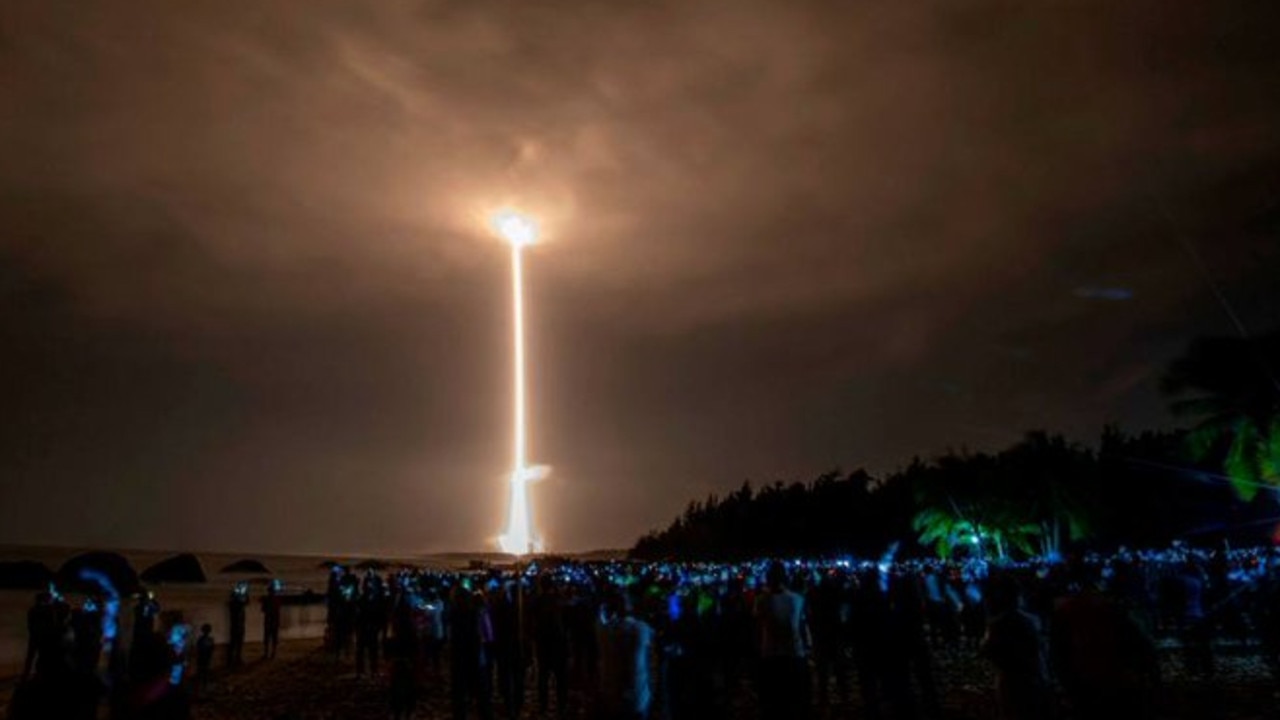
“The Chinese spokespersons for the Communist Party are very clear about their intention towards Taiwan. Nobody wants to see conflict but that really is a question for the Chinese,” Mr Dutton told Sky News.
Taiwan lives under the constant threat of invasion by China, which views the self-ruled democratic island as its territory to be seized one day, by force if necessary.
Earlier this month, Taiwan warned that military tensions with China were at their highest in four decades.
The island’s Defence Minister Chiu Kuo-cheng said Beijing would be in a position to launch a full-scale invasion in 2025.
Mr Chiu offered his assessment after a record 150 Chinese warplanes – including nuclear-capable bombers – had made incursions into Taiwan’s air defence zone.
“For the military, the current situation is the grimmest in the more than 40 years since I joined the service,” Mr Chiu told parliament.
More Coverage
He warned that even “slight carelessness” or “miscalculation” could spark a crisis, and that China would be able to launch an invasion of the island in four years.
“It is capable now but it has to calculate what it would cost, and what kind of outcome it wishes to achieve,” Mr Chiu said.






